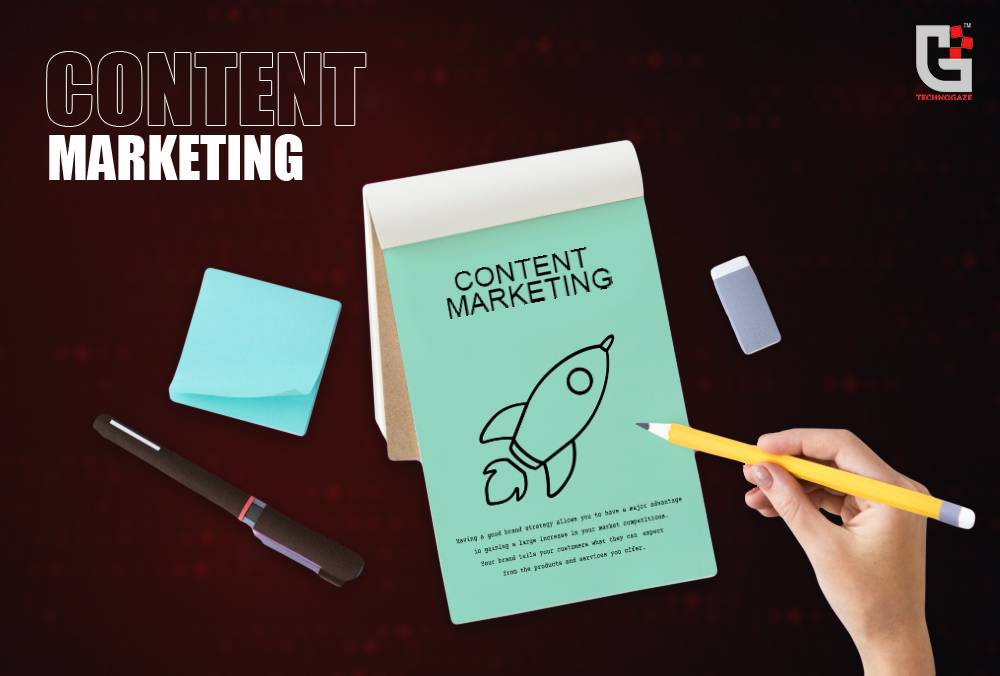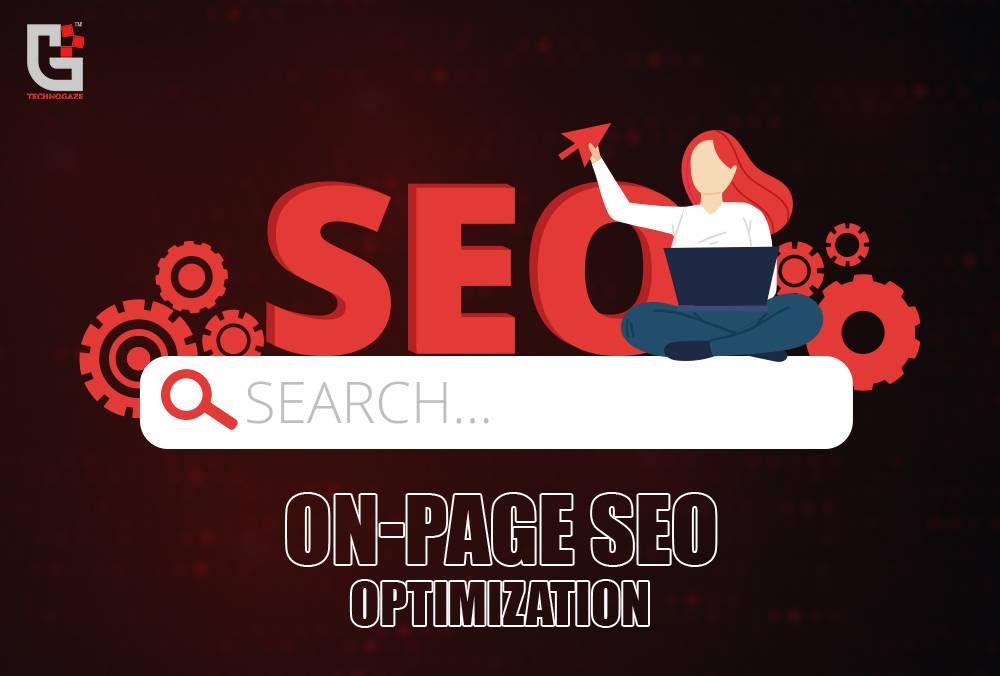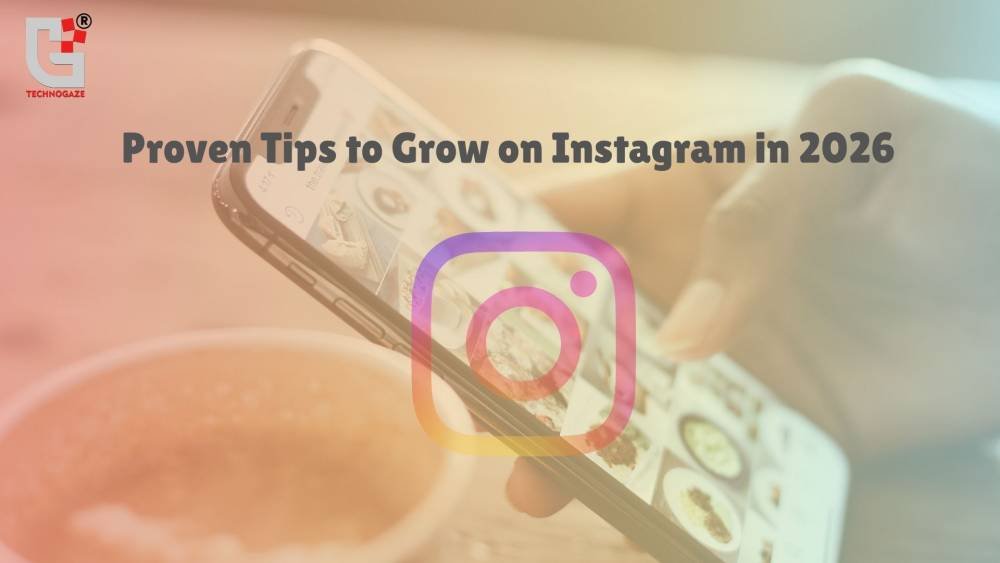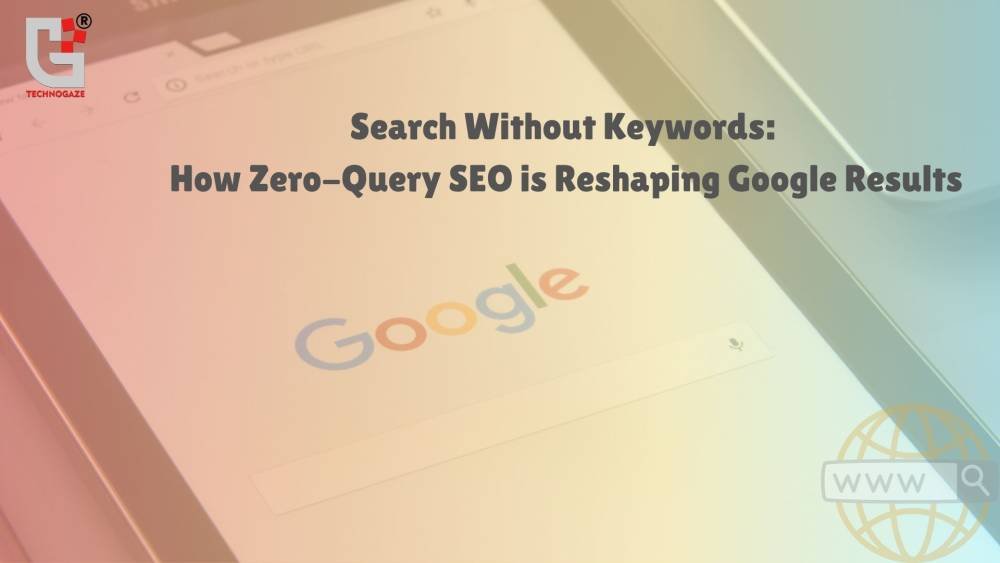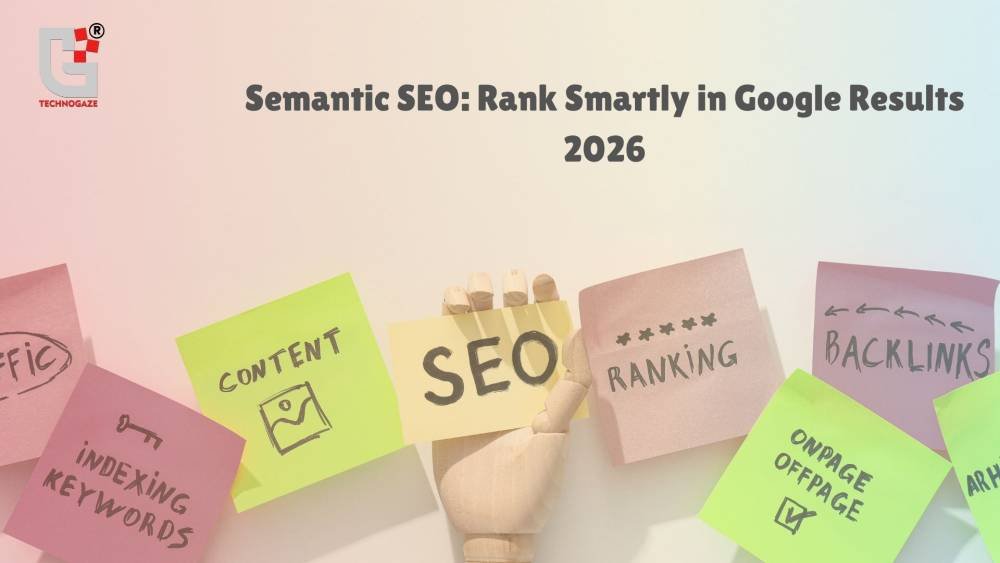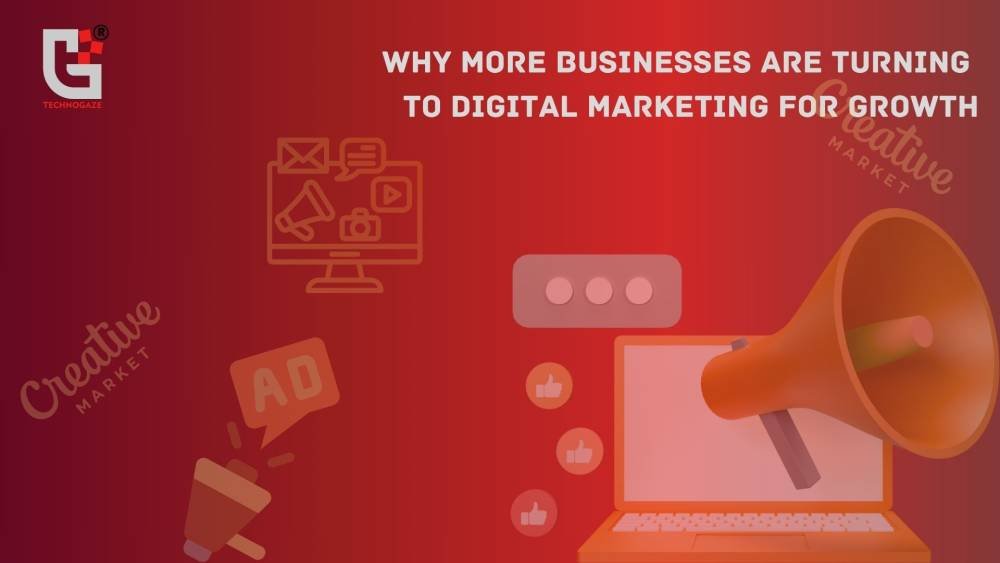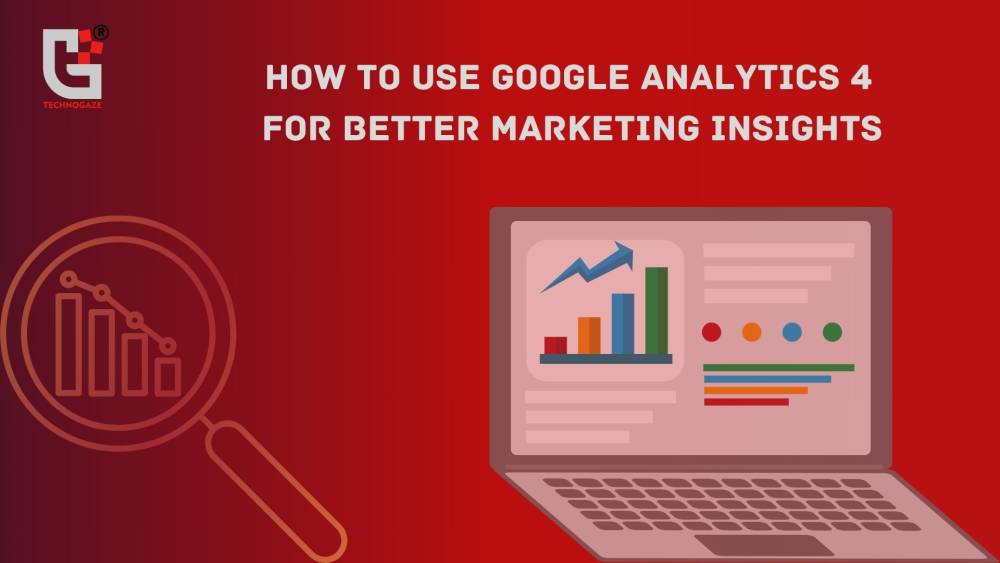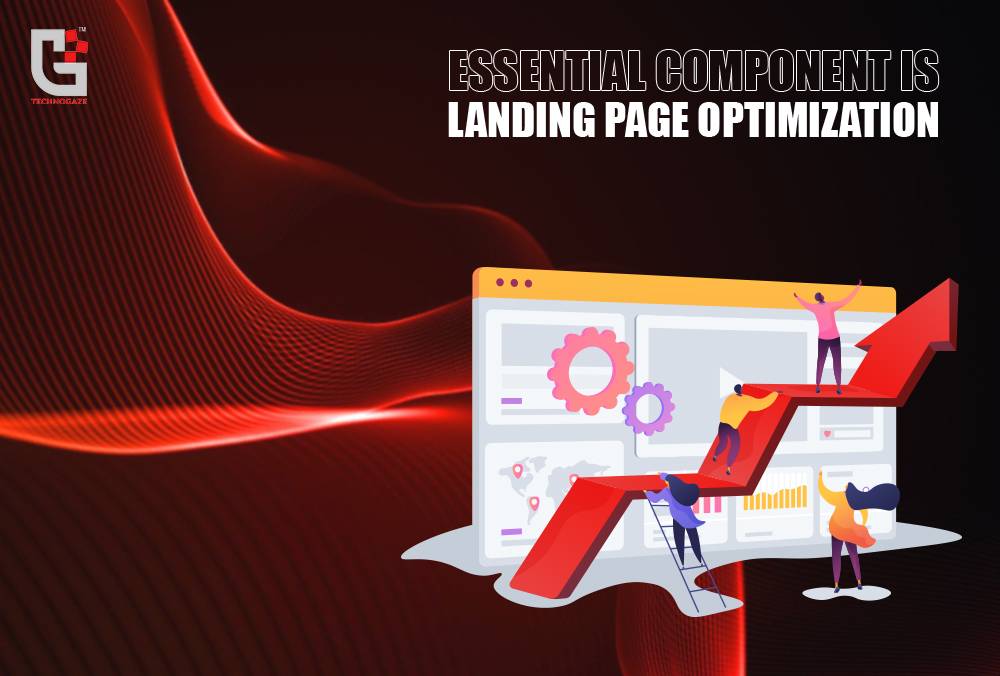
Landing pages are an essential component of modern digital marketing, particularly as lead generation and conversion tools.
Your website serves two functions as a business tool: It attracts your ideal audience and converts them into genuine prospects. A landing page is your primary weapon for accomplishing both objectives.
Your website serves two functions as a business tool: It attracts your ideal audience and converts them into genuine prospects. A landing page is your primary weapon for accomplishing both objectives.
Let us learn about the concept behind the landing pages.
A landing page is a web page that aims to get visitors to act in a certain way. For example, signing up for a newsletter, inviting people to a conference or webinar, making an announcement, offering a discount, or making a purchase. Landing pages also help you capture leads. There can be two different definitions for the landing page
1. The generic landing page
A "generic" landing page is an independent web page (that can be completely different from the main website) that is intended to serve as a specific tie-in for a marketing campaign.
For example, a display advertising campaign may feature a CTA button. When visitors click the CTA button, they will "land" on a specific landing page—from where the term "landing page" originates.
2. The SEO Landing Page
An SEO landing page is usually part of the main site and is connected to the site’s main navigation menu. The main source of traffic is different. With an SEO landing page, the main traffic source is organic search.
Typically, there is no specific CTA, but the page will contain basic information about the brand's product or service. We can refer to this page as the "main product or service page”.
Why does landing page optimization matter?
Landing page optimization is the process of strategically improving the most important web page elements. When completed, the outcome will be a more engaging user experience for your target audience and ultimately help you drive more revenue for the business.
The fundamental concept behind integrating SEO on landing pages is to provide these pages with two consistent sources of traffic: advertising/marketing campaigns and search engine traffic.
Optimizing a landing page guarantees that you achieve the maximum potential conversion rate from visitors to that landing page as soon as possible. An optimized landing page can yield a 160% higher conversion rate for actions like sign-ups than other tools like pop-ups.
Landing Page Optimization Best Practices To Use On-Page
Landing page optimization identifies potential problems with the landing page design, content, or functionality so you can eliminate them quickly.
Here are a few key practices for high-converting landing pages:
1. Create a clear and short value statement (above the fold) so that visitors understand the purpose of your website right away.
2. Match your primary title to the ad that brought your visitor to this page (or the button on the email CTA, for example).
3. Include social evidence and testimonials to help back up your claims.
4. Try to focus the entire page on one offer, with only one key call to action (CTA).
5. Make your CTA stand out by using a conversion-centered layout.
Samples of landing page optimization
What makes a high-quality landing page?
To see how marketers are putting landing page best practices into practice in 2024, let's look at a few real-time examples.
Disney+ sign-up landing page
For the rest of us, it's important to approach Disney's SEO digital marketing offerings cautiously because they never, ever have to define themselves or what they do.
Nevertheless, their landing page strikes a rapid note with a distinct value proposition and an easy call to action for customers to sign up for Disney+, making it a useful example of a sign-up page.
What makes this page function so well? It employs a clever title and a strategic image to swiftly convey important information.
We regularly address popular websites and the factors that drive their high conversion rates. However, you mustn’t overlook landing pages and the value they can give your business.
To design high-converting landing pages, you can experiment with different models to find what suits your business and offers the best.
Understand and sympathize with your customers' problems, get to know your target audience, and then develop landing pages that address those issues. End it with a call to action (CTA) to drive them to take action, and watch as your conversions increase. Make sure your landing pages have all the necessary components as well, and test them.
Author Details
Latest Posts
-
1November 15, 2025
-
2
-
3October 11, 2025
-
4
-
5


